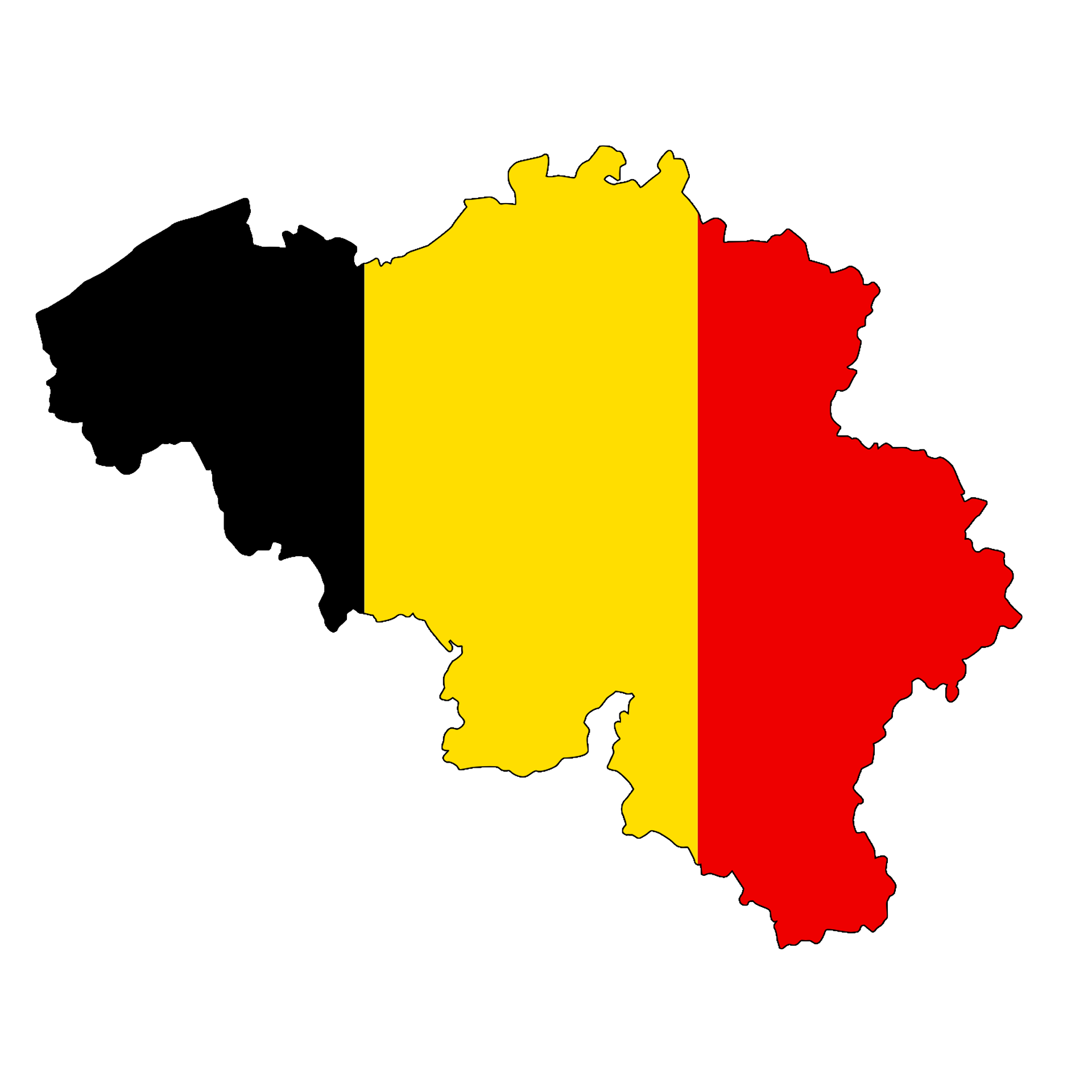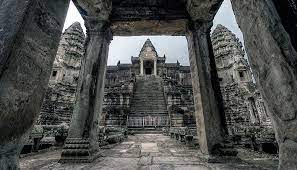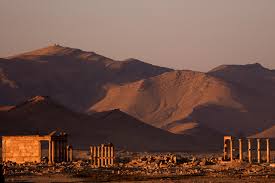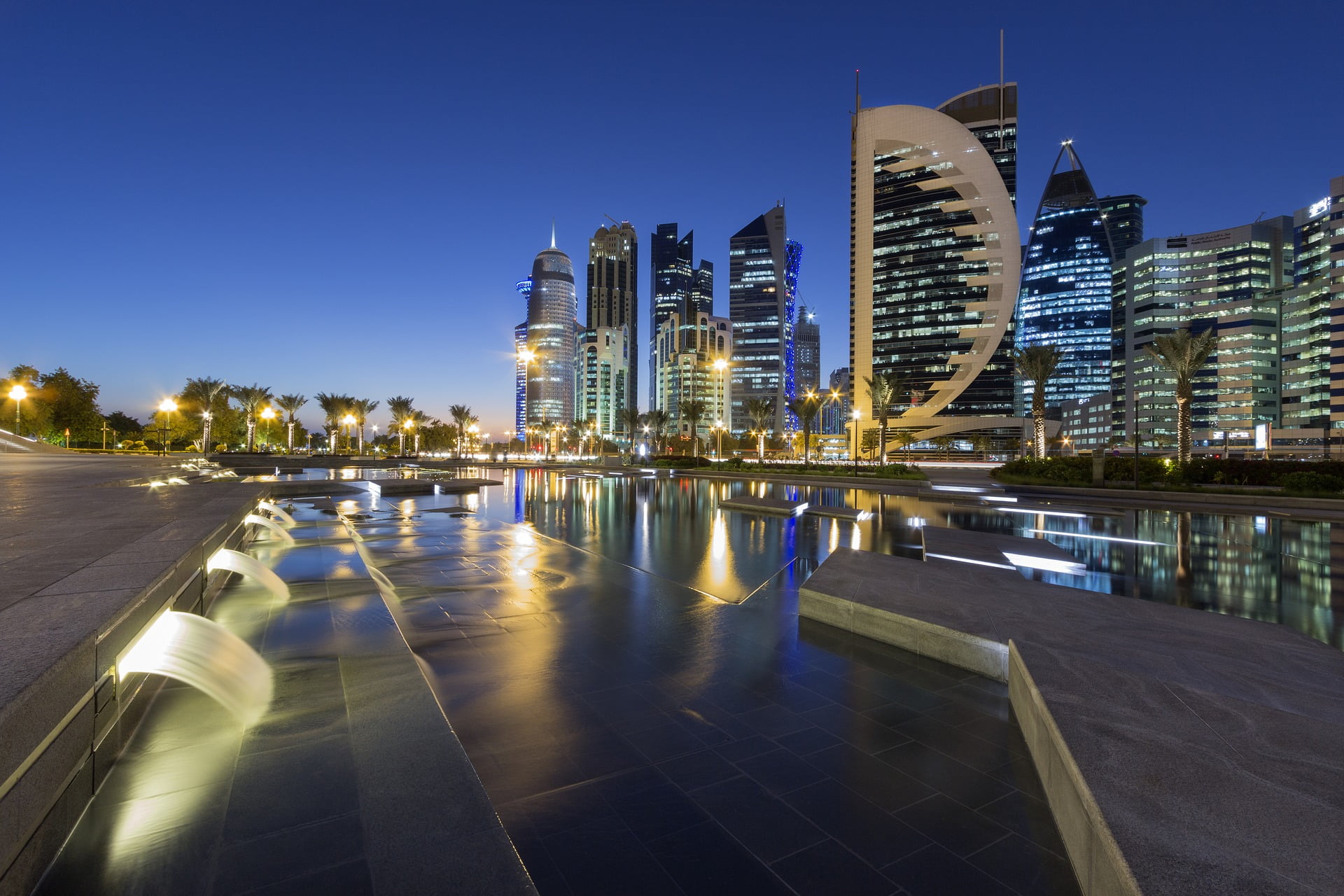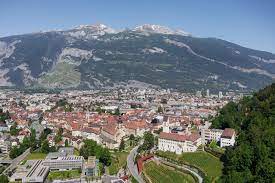Here are 10 Amazing facts about Belgium
10. Julius Caesar first used the word ‘Belgium’ during his conquest of Gaul in the 1st Century BC. He derived the word from a confederation of tribes living across the north of the region. The tribes called themselves the Belgae, and the land they lived in actually included much of what is now Northern France. After the Roman conquest, the Romans then organized their lands into the new Roman provinces of Gallia Belgica and Germania Inferior.
9. Several former kingdoms ruled over what is now Belgium in the Early Middle Ages. The Merovingian Kingdom became the first of those, in the 5th century AD. The Merovingians already ruled over what is now Northern France, and it became only natural that they expanded to surrounding areas. The Merovingian collapse in the 8th century AD led to the rise of the Carolingian Empire, which counted what is now Belgium as their territory. After the Carolingian Empire collapsed in the early-9th Century AD, most of what is now Belgium became the Kingdom of Lotharingia. The rest became part of West Francia, which eventually evolved into the Kingdom of France.
8. Belgium gained land from Germany after World War 1. Specifically, Eupen-Malmedy, as compensation for the German invasion of Belgium during World War 1. Under Belgian rule, they became referred to as the East Cantons or East Belgium. Germany tried to regain them during WWII, but after the war, they remained part of Belgium to the present day.
7. Belgium’s capital of Brussels is home to many international organizations. These include NATO, founded in 1949, and which Belgium helped found. Other international organizations based in Brussels include the European Commission, the Council of the European Union, and the European Council. It also shares the privilege of hosting the European Parliament with Strasbourg in France.
6. The Industrial Revolution began in Belgium. Well, on the continent anyway, spreading from Britain across the English. In particular, the cities of Liege and Charleroi in Wallonia became major centers of mining and metallurgical production. The Sambre and Meuse River Valleys stayed among the most important industrial centers in the world until the middle of the 20th Century.
5. Belgium suffers from some of the worst traffic jams in the world.Statistics show that individual commuters can spend between 64 to 65 hours per year waiting in traffic jams. And it’s not just on the ground. 80% of all of Belgium’s flights have to go through a single airport, Brussels Airport. Similarly, 80% of all of Belgium’s maritime trade passes through only 2 ports, Antwerp and Bruges. Antwerp, in particular, handles over 200 million tons of shipping per year based on statistics.
4. Many famous scientists in history came from Belgium. These include Gerardus Mercator, a 16th Century geographer, and mapmaker who pioneered the development of the first modern maps. Another famous historical Belgian is Andreas Vesalius, a 16th Century, doctor who conducted his research, even becoming the first man to dissect human corpses to learn about how the human body worked, and thus pioneered the modern field of anatomy.
In the 19th century, the chemist Ernest Solvay pioneered the industrial production of sodium carbonate. Similarly, the engineer Zenobe Gramme developed one of the first electrical generators. Another Belgian, Leo Bakelite, produced the first plastic in the early-20th century. It was even a Belgian priest, Georges Lemaitre, who first theorized the Big Bang in the early-20th century.
3. A Belgian cartoonist was behind The Adventures of Tintin. The Adventures of Tintin is one of the most famous comic book series from the 20th century. Written by Georges Remi, or as he preferred, Herge, this series focused on the adventures of the reporter Tintin, accompanied by his group of friends and his pet dog, Snowy. Originally published in the 1930s, by the end of the 20th century, the Adventures of Tintin had sold over 200 million copies in over 70 languages. Adaptations in film, radio, theatre, and TV, had also successfully aired by then.
2. Belgian chocolate comes in many varieties. With over 2000 varieties, Belgian chocolates are born with a tradition that goes back to the 17th century, when Spain ruled the country.
Most Belgian chocolates remain handmade to the present day. These include the renowned brands Neuhaus and Guylian. This tradition of hand-making chocolate is one of the contributing factors to the high prices of Belgian chocolate. Also, for the same reason, tourists often flock to chocolate shops when visiting Belgium to get these handmade chocolates.
1. The Manneken Pis has become the semiofficial symbol of Brussels, and it fits well with the citizen’s gentle, self-mocking humor. He even has his own website. Nobody really knows why the statue was built, but there are numerous fat-fetched tales of its origin.
One version is that an unknown boy made the mistake of relieving himself outside a witch’s house. The angry witch responded by turning him into a statue. In another story, the statue was put up by grateful parents whose son was found on this spot after wandering off during a busy carnival. More common than either of those is the tale of a little boy who spotted a fire during his excursion to the outhouse one evening. By raising the alarm, he saved the city from being burned down.
So that was all for Belgium. Do let us know how did you find these facts in the comments section below!
